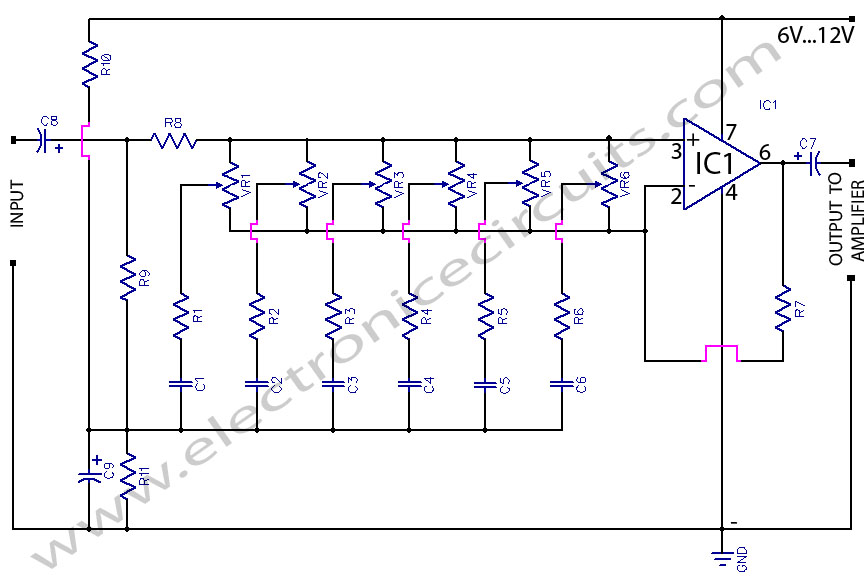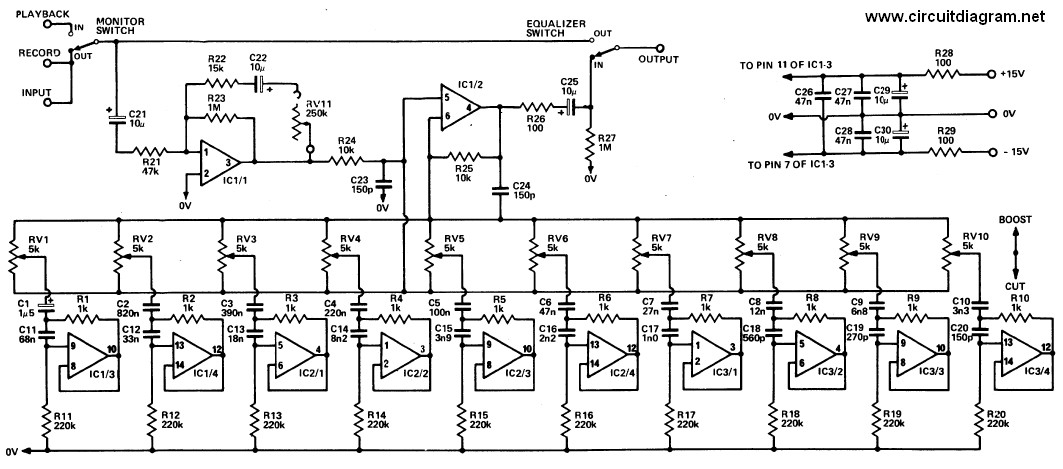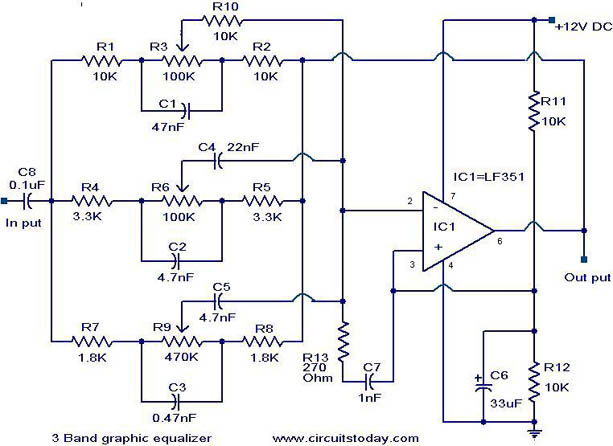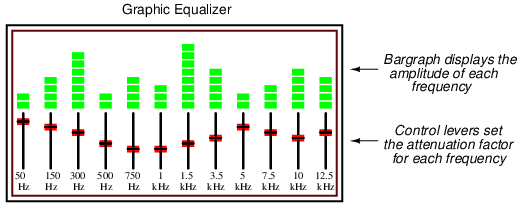I went to the hearing aid doctor yesterday to get an adjustment. It has taken 2 years to finally get them close to working the correct way. It is very hard to go there get an adjustment in the quiet office then go out into the real world and expect the volume level to be correct. Both hearing aids have 3 settings from the click of a button, 1, 2, 3. 1 is low volume, 2 is medium volume, 3 is higher volume to be used when needed. Driving in car sounds like being in a tornado so I use volume 1 to lower sound. Volume 3 is good to hear the birds, and natural sounds outside even helps sometimes to hear the TV. Yesterday I went to the hearing aid doctor, I told him #2 volume on RIGHT hearing aid is perfect do not change it, lower #1 volume a little bit. Also told him volume 1 on left hearing aid is perfect do not change it, Swap 1 with 2. The doctor claimed he understood. He said it will take me a few minutes to make the change. To make long store shorter doctor deleted both hearing aid programs and started over, new program is all screwed up. I told doctor that is terrible change it back the way it was. He said, I can't old programs were deleted. I said, I told you not to change volume #2 it is perfect on right ear, not change volume 1 on left ear. He said, I thought this is what you wanted. We worked 30 minutes in his office trying to get a good setting again but nice quiet office is not the real world I have no clue how well it works until I leave, drive car, go home, talk to wife, listen to TV, hear every day sounds, etc. Hearing aids are so screwed up so bad I can not wear them. Now I need to return try to get them adjusted again. Makes me so MAD I could scream nothing is saved in memory every visit is trial and error. Trial and error at the doctor is a pain in the ass I need my own volume control adjustment. My 3 years of free office visits expire in July. I have learned NEVER buy hearing aids that can only be adjusted at the hearing aid office it never works once your out in the real world. The assistant does a better job of getting settings correct than the doctor.
I am so frustrated I am ready to build my own hearing aid again. I built hearing aids several years ago it was just a little op amp with ear phones with my own volume control is works better than factory hearing aids because I can change volume when needed but it would be BETTER if op amp has a filter circuit to DOUBLE volume at 1500 to 2000 Hz range and TRIPLE volume at 3000 Hz range and up.
See old and new volume settings. See attachment of hearing test.
**broken link removed**
**broken link removed**





![B]](https://www.eleccircuit.com/wp-content/uploads/2010/12/5-channel-graphic-equalizer-by-bc548-transistor.jpg[/lmg][/B])


